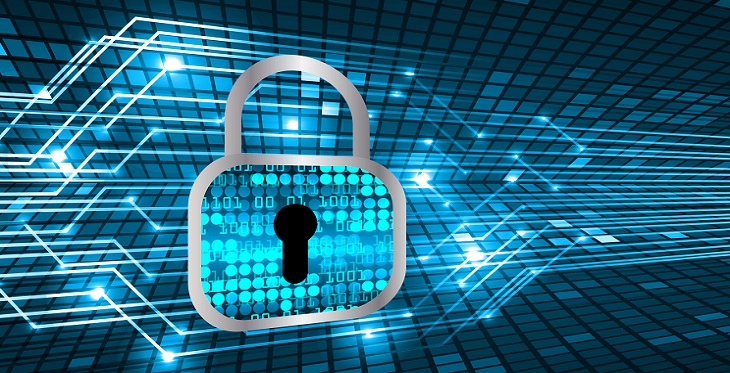Telemedicine, which enables health professionals to provide treatment to patients remotely, is especially useful in rural areas, where people are distanced from healthcare facilities. It can also play a considerable role during natural disasters when professionals cannot reach affected areas or must operate outside of traditional medical settings.
But because of the nature of the platform — and the technology used — telemedicine is susceptible to outside attacks, particularly cyberattacks. Communication and digital exchanges are often done via the open internet. A patient will have a live video chat with a health professional via a mobile app, for instance. That feed and any data from the exchange is vulnerable to snooping or outright theft, especially if one of the parties is using an unsecured network connection.
Cyberattacks Are More Dangerous in Health Fields
There’s no reason to downplay general theft. The risk of hackers scooping up personal data is always a concern, but when attacks involve highly sensitive health details, the risks are much higher. Not only could the data be used to harm and damage others, but its misuse can also harm the professionals and, by proxy, the facility they work for. HIPAA law dictates that all communications and data exchanged between doctors and patients be secure — if not, healthcare providers face massive fines and penalties.
What makes the whole thing even more alarming is that, in today’s landscape, it’s not a matter of “if” you will experience a cyber attack or data breach, but “when.”
Norton Security, which claims "protection against viruses, malware and more," estimates that by 2023, cybercriminals will successfully steal 33 billion records per year.
To provide an even better perspective, consider this: By 2018, nearly 70 percent of businesses had experienced some form of cybersecurity attack, with over half experiencing a data breach. Out of all small businesses that suffer attacks, 60 percent close within six months of an event.
It’s a very costly, very damaging problem from which the healthcare and telemedicine industry is not exempt.
How to Prevent Attacks and Mitigate Damage When They Do Happen
Preventative measures are important, and understanding how to deal with an attack or breach can be instrumental in lowering risks. Assuming that a breach can and will happen allows you to better lock down your systems and data. For example, putting stringent authentication and user access measures in place help ensure that only the right people can interact with certain types of data. This means if a lesser user’s account were to be hacked, the attacker wouldn’t have access to sensitive information.
The first recommendation is that you follow ISO 27001 standards and develop a process of internal audits to measure compliance and performance. This set of management standards deals specifically with information security and proactive protection measures.
Here are some ways to improve general security and mitigate the risks of a breach:
- Hire a third-party data security provider or a consultant to understand what’s necessary to protect your network, systems and hardware
- Establish user access protocols to prevent unauthorized users from accessing high-level information; in other words, keep people in their lanes
- Use strong authentication measures to identify users and require the use of strong passwords
- Educate personnel on the importance of security and ensure they understand what role they play
- Use data encryption for all information sharing and open streams so that any exchanged information is locked behind a security protocol
- Develop the entire platform, app or tool with security in mind as a foundational element
- Create a response plan for cyberattacks: how you lock down affected systems and networks, prevent future data loss and tampering, and regain control
- After a breach, always inform the necessary parties involved, including customers and patients, as well as regulatory bodies
While many of the solutions discussed here are valuable, many tactics can help telemedicine practitioners prevent and protect against cyberattacks. The most obvious involves awareness and preparedness, which means educating yourself and your personnel on modern security.
This is not something that can be continually brushed aside or avoided. Security must always be a “now” practice that is honored and put into place as soon as possible. It’s especially true of for telemedicine, which involves the facilitation and exchange of highly sensitive information across open channels.

